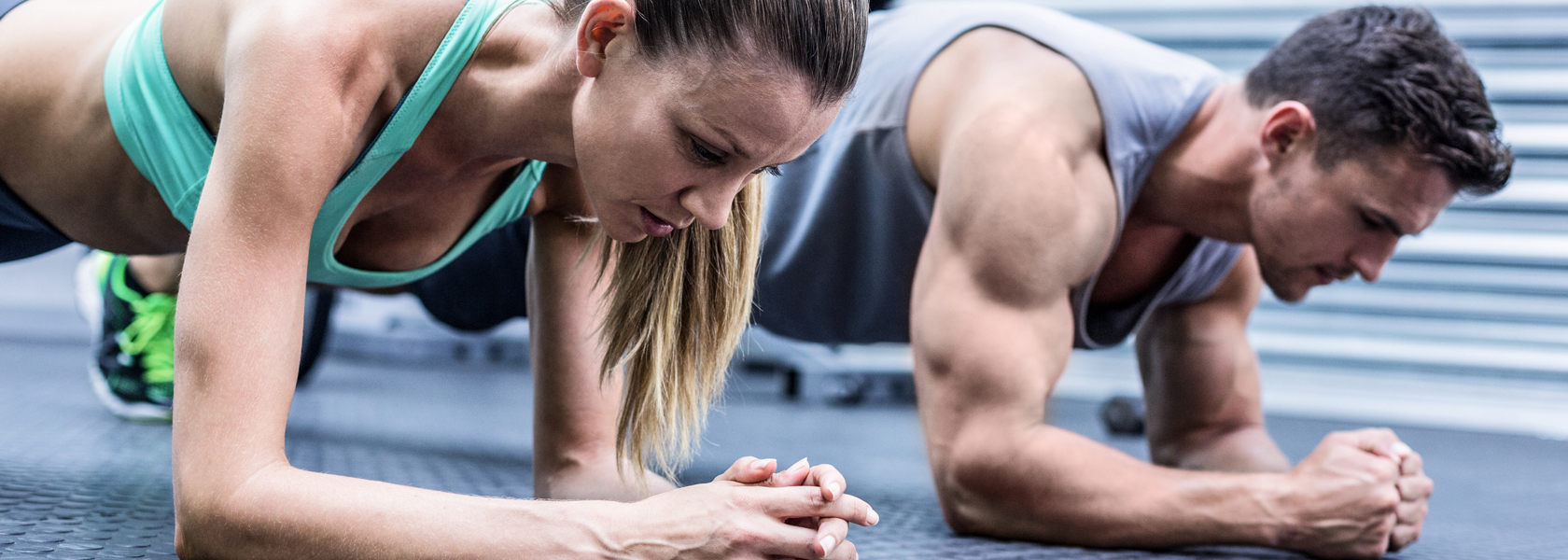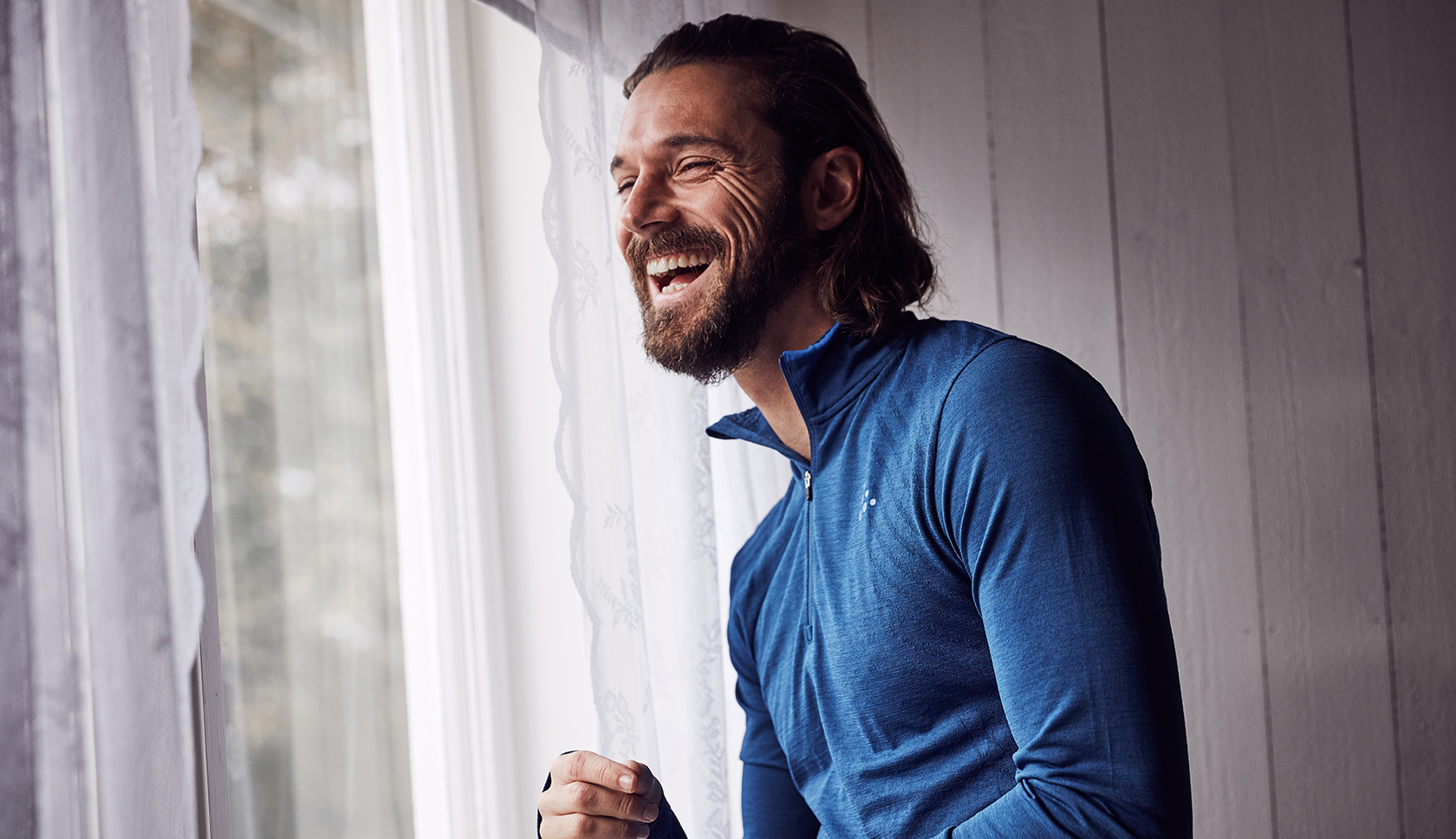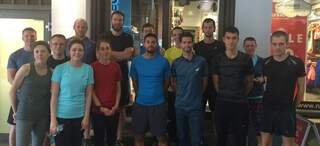If you’ve ever wondered why some runners seem to glide effortlessly through their miles, rarely sidelined by injury and always chasing new personal bests, the answer might surprise you—it isn’t just about running more. The real game-changer? Strength work. Whether you’re lacing up for your first parkrun, eyeing a marathon, or simply running to clear your head, building strength is the foundation that supports every stride, every climb, and every finish line.
Strength training isn’t about bulking up or trading your trainers for dumbbells. It’s about becoming a more resilient, efficient, and powerful runner. Think of it as the scaffolding that holds up your running ambitions: it keeps injuries at bay, sharpens your form, and helps you run stronger for longer. In this guide, we’ll break down the science, the best exercises, and the most common questions—so you can confidently add strength work to your routine and see real results on every run.
Why Strength Work Matters for Runners
Running is a repetitive, high-impact sport. Each stride sends force through your muscles, joints, and bones. Over time, this can lead to muscle imbalances and overuse injuries, especially if you’re only running and not strengthening the supporting muscles. Strength training acts as your body’s insurance policy, reinforcing the muscles that power your stride and stabilise your joints.
But the benefits don’t stop at injury prevention. A well-rounded strength programme can help you:
- Improve running economy, so you use less energy at any pace.
- Maintain better form, especially as fatigue sets in during long runs or races.
- Increase power and speed, giving you the edge in sprints, hill climbs, and finishing kicks.
- Enhance balance and coordination, making you more agile and less prone to trips and falls.
In essence, strength work is the not-so-secret weapon that can help you become a more robust, efficient, and confident runner.
How Often Should Runners Do Strength Training?
Finding the sweet spot for strength training is key. Most coaches and physiotherapists recommend two to three sessions per week for runners, ideally on non-consecutive days. This allows your muscles time to recover and adapt, which is when the real gains happen.
If you’re new to strength work, start with one session a week and focus on mastering technique. As you become more comfortable, gradually add a second or third session. Scheduling your strength workouts after easy runs or on cross-training days can help you avoid overloading your legs before key workouts or long runs. Remember, consistency is more important than intensity—regular, focused sessions will pay off far more than sporadic, all-out efforts.
What Kind of Strength Training Should Runners Do?
Not all strength training is created equal, especially for runners. The best approach focuses on functional, compound movements that mimic the demands of running and target the muscles you rely on most. This means prioritising exercises that work the glutes, hamstrings, quads, calves, and core, while also including some upper body and balance work.
Compound movements like squats, lunges, and deadlifts engage multiple muscle groups at once, building real-world strength that translates directly to your running. Unilateral exercises—those performed one leg or arm at a time—are particularly effective for runners, as they help correct imbalances and improve stability.
You don’t need to lift heavy weights to see benefits. Bodyweight exercises, resistance bands, and light dumbbells can all be effective, especially when you focus on good form and controlled movement. As you progress, you can gradually add resistance or try more challenging variations.
The Best Strength Exercises for Runners
When it comes to strength work, quality trumps quantity. Here are the key exercises every runner should consider including in their routine:
Lower Body
- Squats (bodyweight, goblet, or barbell) → Build strength in your quads, glutes, and hamstrings.
- Lunges (forward, reverse, walking) → Improve balance, coordination, and unilateral strength.
- Deadlifts (Romanian, single-leg) → Strengthen your posterior chain, including hamstrings and glutes.
- Step-Ups → Mimic the running motion and develop single-leg power.
- Calf Raises → Support the calves and Achilles tendon, crucial for push-off.
Core
- Planks (front and side) → Enhance core stability for better running posture.
- Pallof Press → Train anti-rotational strength, protecting your spine and hips.
- Russian Twists → Build rotational strength for improved balance.
- Glute Bridges/Hip Thrusts → Activate and strengthen the glutes, key for propulsion.
Upper Body
- Push-Ups → Develop upper body and core strength, supporting good running posture.
- Rows (dumbbell, bodyweight) → Strengthen your back and shoulders, balancing out the chest and improving posture.
Running-Specific Moves
- Knee Drives → Simulate the running stride and boost coordination.
- Squat to Calf Raise → Combine lower body strength and balance in one move.
Sample Strength Training Plan for Runners
Building a balanced session doesn’t have to be complicated. Here’s a sample workout you can do at home or in the gym, tailored for runners of all levels:
| Exercise | Sets | Reps | Rest |
|---|---|---|---|
| Barbell Back Squat | 3 | 3–5 | 2 mins |
| Barbell Hip Thrust | 3 | 3–5 | 2 mins |
| Single Leg Deadlift | 3 | 8–10 | 1 min |
| Step Ups | 3 | 8–10 | 1 min |
| Single Leg Calf Raise | 2 | 10–12 | - |
| Side Plank | 2 | 30+ secs | - |
| Pallof Press | 2 | 10–12 | 1 min |
How to Structure Your Week
Balancing running and strength work is all about smart scheduling. Here’s a sample week to help you fit everything in without overloading your legs:
- Monday → Easy run + Strength session
- Tuesday → Rest or cross-training (cycling, swimming, yoga)
- Wednesday → Speed or tempo run
- Thursday → Strength session (focus on different muscle groups)
- Friday → Rest or easy run
- Saturday → Long run
- Sunday → Rest or active recovery (walking, stretching, foam rolling)
This approach gives your body time to recover between hard sessions and ensures you’re fresh for key runs.
Injury Prevention: Why Strength Training Keeps Runners Healthy
Running is tough on the body, especially when you ramp up your mileage or intensity. Strength training is your best defence against common running injuries like runner’s knee, IT band syndrome, and shin splints. By strengthening the muscles around your joints and correcting imbalances, you reduce the strain on vulnerable areas and build a more resilient body.
Strong muscles also help you maintain good form as you tire, which is when injuries are most likely to strike. Think of strength work as the armour that keeps you running strong, mile after mile.
Strength Training for Trail Runners and Off-Road Athletes
Trail running challenges your body in unique ways, demanding more from your stabilising muscles and core. To prepare for uneven terrain, include exercises that test your balance and proprioception, such as single-leg squats, lateral lunges, and step-ups onto unstable surfaces. These moves help you stay agile and confident, no matter how technical the trail.
Strength training isn’t an optional extra—it’s the foundation that supports every runner’s goals. By making it a core part of your routine, you’ll unlock new levels of performance, reduce your risk of injury, and enjoy running more than ever. Whether you’re chasing a PB, exploring new trails, or simply running for the joy of it, strength work will help you get there—one squat, lunge, and plank at a time.
FAQs
Runners should focus on the glutes, hamstrings, quads, calves, and core. These muscles drive your stride, stabilise your joints, and help you maintain good form.
Aim for two to three sessions per week, with at least 48 hours between sessions to allow for recovery and adaptation.
No—when programmed for runners, strength work builds functional strength, not muscle mass. You’ll become leaner, stronger, and more efficient without adding bulk.
Yes, as long as you’re not doing a heavy strength session right before an important speed workout or long run. Many runners do strength work after easy runs or on cross-training days.
Short, focused sessions (20–30 minutes) are effective. Consistency is more important than duration, so find a schedule that works for you and stick to it.
Squats, lunges, deadlifts, step-ups, calf raises, planks, and bridges.
Focus on technique, start light, and progress gradually.
Related Articles







